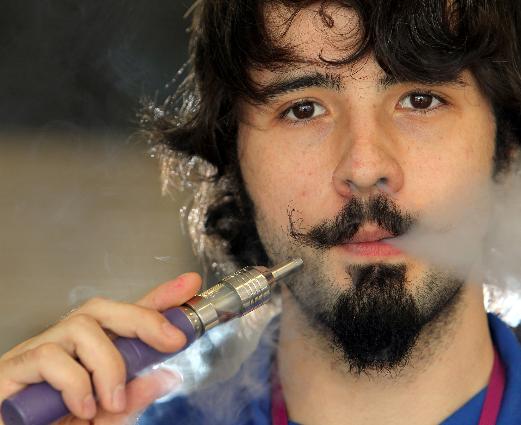Letter to the Editor: The issue with smoking is addiction, not freedom
I am writing in response to the Herald’s editorial on tobacco use in Grand Forks parks (“Too much loss for too little gain,” Page F1, June 1).
Tobacco prevention policies have, throughout history, always been met with some resistance. Tobacco use was so common when I was a child that it was normal to see smokers in grocery stores, movie theaters, school classrooms, teacher’s lounges, doctors’ offices, airplanes, airports and hospital rooms.
Each of those changes was met with the attitude that it was beyond the pale to even consider making changes. But today, it would seem unusual to see someone smoking in their hospital room or at a movie theater.
Tobacco use rates were high, and we all paid the price of the damage tobacco use does to the human body by way of health care costs, Medicaid costs, loss of productivity and sadly, early deaths of loved ones.
As a result of sound evidence-based practices, such as 1) preventing initiation among youth and young adults, 2) promoting quitting among adults and youth, 3) eliminating exposure to secondhand smoke and 4) identifying and eliminating tobacco-related disparities among population groups, headway has been made in reducing tobacco-use rates. But there still is work to be done.
Grand Forks Park District Commissioner Molly Soeby’s column put it well: “Tobacco use kills more people than AIDS, alcohol, car accidents, illegal drugs, murders and suicides combined” (“For health’s sake, Grand Forks parks should ban tobacco use,” Page F1, June 1).
“It is the No. 1 cause of preventable death in our country. Young people in North Dakota use tobacco more than the national averages. They smoke at higher rates (19.4 percent vs. 18.1 percent), and they use more chewing tobacco than adults (13.6 percent vs. 8.2 percent).”
Tobacco use kills about 480,000 people each and every year in the United States. That equals the number of American deaths in all the U.S. wars since the American Revolution, every 2½ years.
So, what can be done to improve these numbers? What does the research show us works?
The Centers for Disease Control recommends creating tobacco-free social norms through the use of “increasing the unit price of tobacco products, sustaining anti-tobacco media campaigns and making environments smoke-free.”
Tobacco-free parks policies are part of a comprehensive combination of strategies to get our youth tobacco use rates lowered.
Tobacco-free parks policies will keep young people from ever starting. The research is done, the evidence is clear. According to the CDC, comprehensive tobacco-free policies prevent young people from seeing tobacco use as a normal adult activity and show a significant effect on reducing tobacco use initiation among youth.
Our community would not be the first to adopt a tobacco-free parks policy. North Dakota currently has 12 communities with tobacco-free parks, and Minnesota has more than 150.
According to the editorial, “secondhand smoke in indoor areas is a health hazard; secondhand smoke in parks in inconsequential.”
But it’s not about secondhand smoke, which, by the way, many people consider a nuisance that interferes with their personal enjoyment of the parks. It is about what we know will work to keep young people from starting to use tobacco.
The editorial says that this is not a good enough reason to “clamp down on personal freedom.”
But this is not a personal freedom issue, either. Tobacco use is an addiction, and most adult tobacco users report that they started using before age 18.
A policy such at this will not prohibit anyone from using tobacco. It will help to keep children, who do not use tobacco, from starting.
That is a public health issue, not a personal freedom issue.
Recent studies in Grand Forks show overwhelming support in the community for the adoption of tobacco-free policies on all of our Park District properties. (The community-wide study is available on www.tobaccobytes.com)
Tobacco-free parks policies are cost effective. They’re good for the health of North Dakotans now and, as Soeby put it, “for future generations of residents of Grand Forks.”
Knox coordinates the tobacco prevention program for the Grand Forks Public Health Department.
http://www.grandforksherald.com/content/theresa-knox-issue-smoking-addiction-not-freedom


